

As an explorer and tech diver, Robert Leenen has traveled the globe to dive notable shipwrecks but none as special as the wreck of the battleship...


2024 marked the 100-year anniversary of humans breathing helium under pressure. Accordingly, tech diving instructor and scientist Jeff Bozanic teamed up with InDEPTH to highlight the...
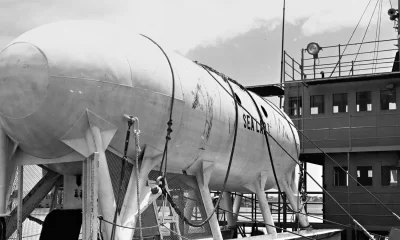

Sixty years ago next month, four U.S. Navy divers—the first American aquanauts—swam into a seafloor shelter dubbed Sealab I, stationed 59m/193 ft deep, 42 km/25 mi...


Sixty years ago next month, four U.S. Navy divers—the first American aquanauts—swam into a seafloor shelter dubbed Sealab I, stationed 59m/193 ft deep, 42 km/25 mi...
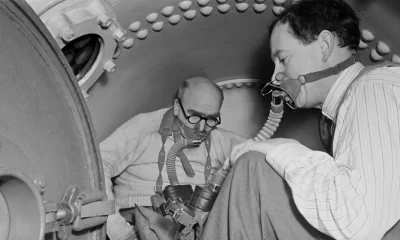

In an era where tech divers routinely experiment on themselves, the notion that hyperbaric scientists did the same to support WWII’s D-day effort may not seem...


From sumping through Wookey with a pair of repurposed WWII Bomber O2 tanks filled with air, to wearing sidemount bailout rebreathers and conducting lengthy sub-100 meter...
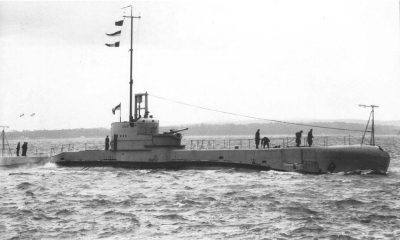

Italian shipwreck explorer Fabio Bisciotti and his team have reportedly solved the mystery of the HMS Regent, one of four Rainbow-class submarines built for the Royal...


Should artifacts be removed and recovered from shipwrecks, or should our underwater cultural heritage be left undisturbed? Regardless of what your choice is,, under which circumstances?...
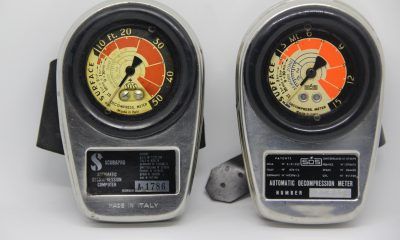

The SOS meter was wildly popular in the 1970s and 80s prior to the advent and broad adoption of electronic diving computers like the EDGE. What’s...
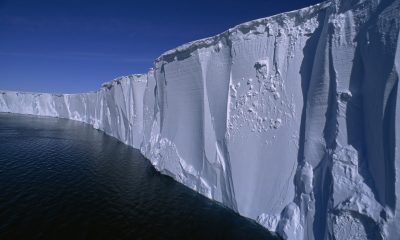

By Emory Kristof. Header image of the B-15 iceberg by Wes Skiles appeared in National Geographic “Islands of Ice” in December, 2001. I first learned about...